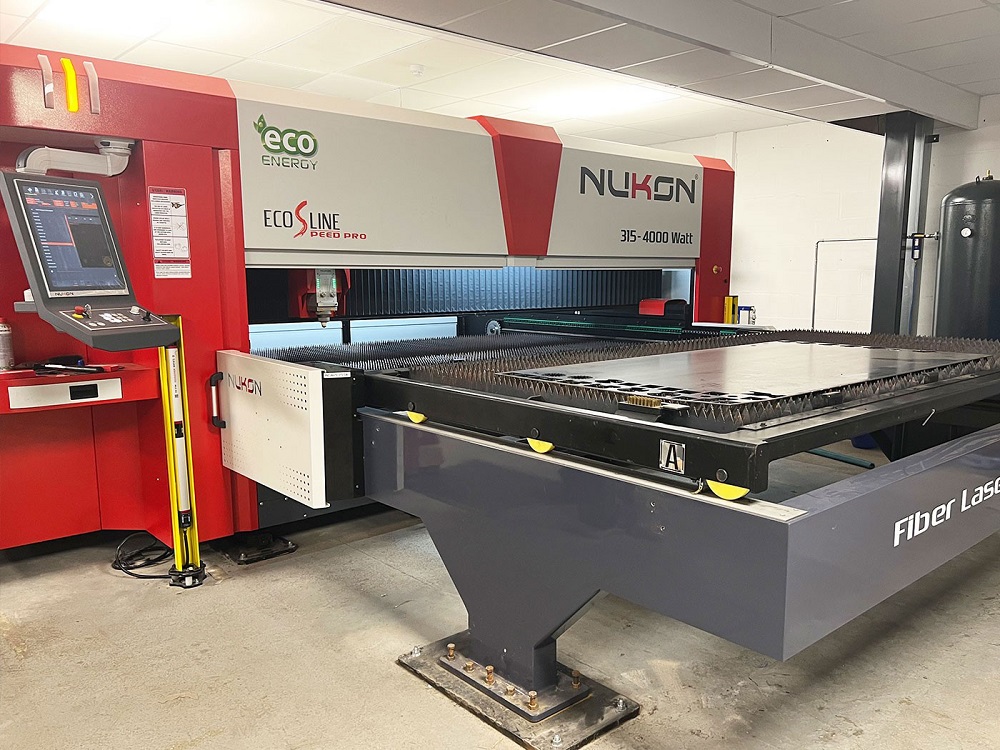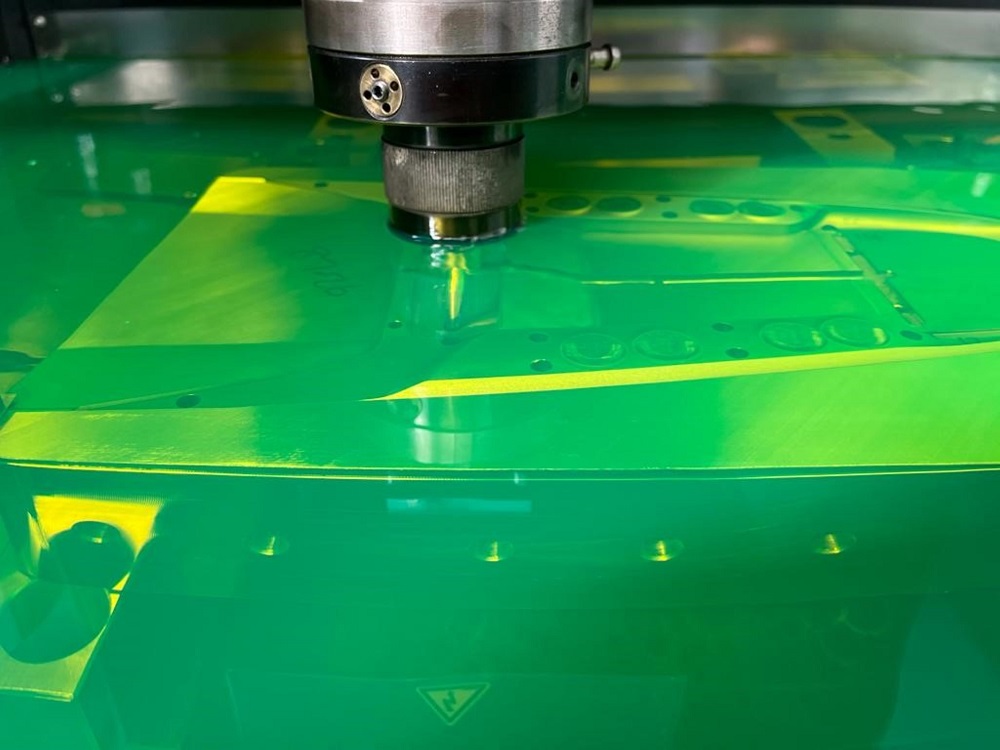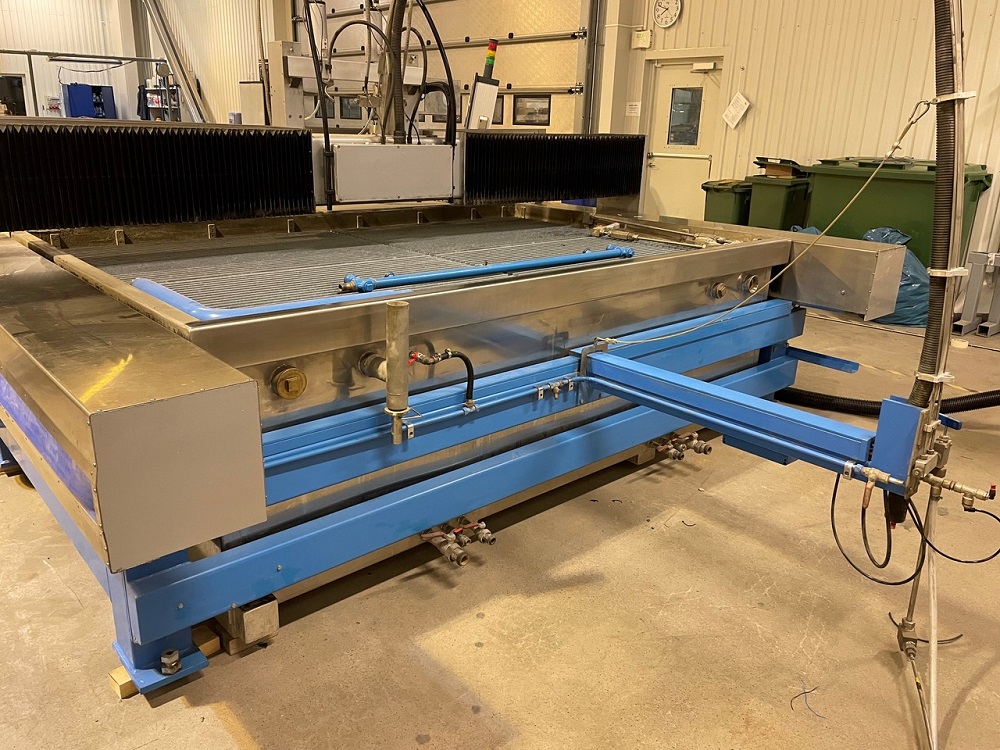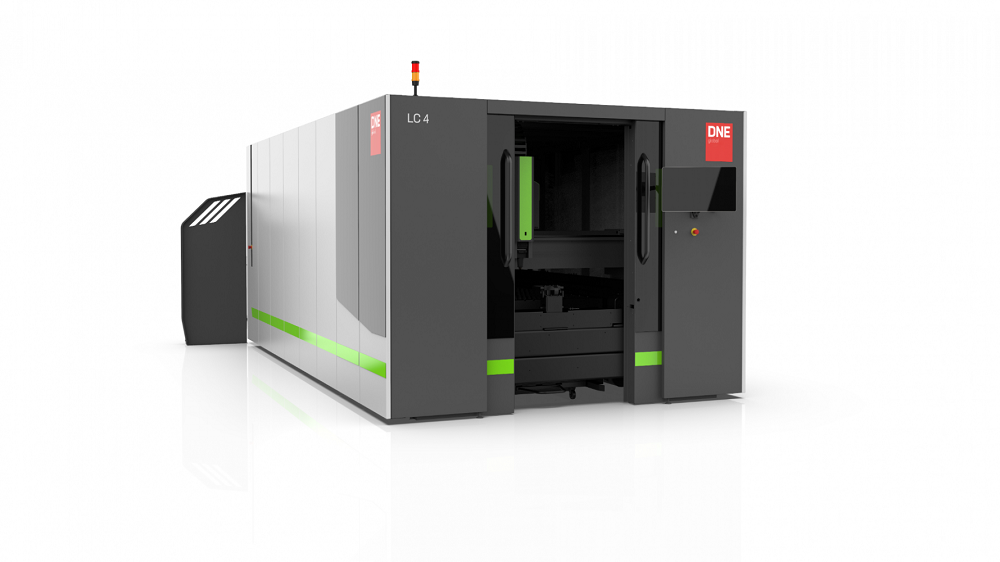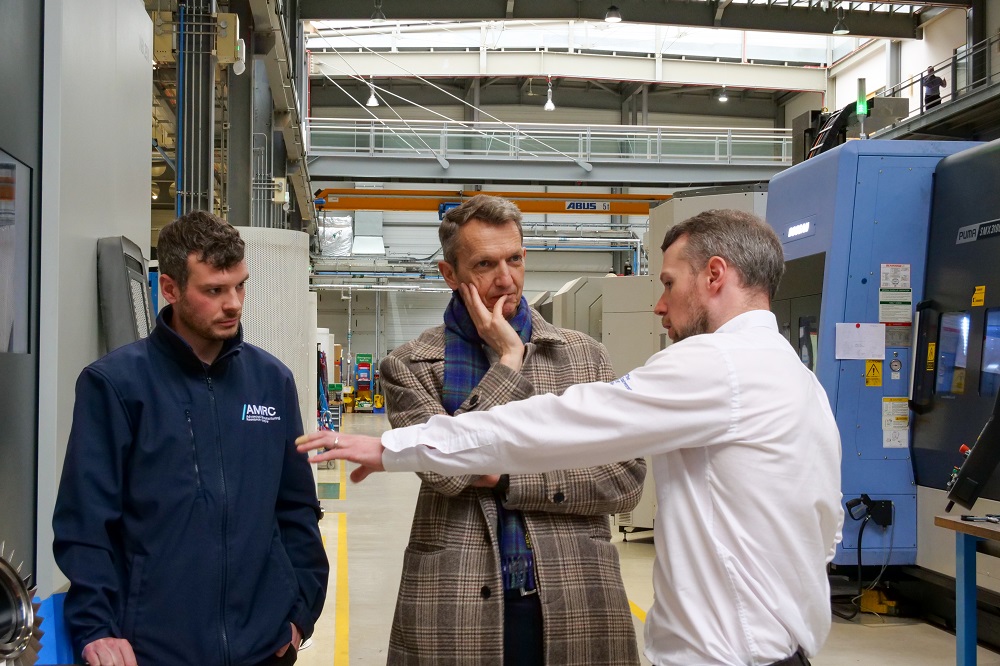With four generations of toolmakers in the family, Denmark Products has been manufacturing injection mould tools since its inception in 1993. Started by father and son team Dennis and Mark Rowlands with a £15,000 investment that stretched to the purchase of a mill, spark-erosion machine and surface grinder, the company has come a long way since the 1990s. Testament to the journey travelled is the recent investment in a high-end Mitsubishi spark erosion machine from the Engineering Technology Group (ETG).
The small start-up that operated out of a 900sqft unit has moved to a 4500sqft facility in Donnington on the outskirts of Telford, where it manufactures precision injection mould tools for the automotive, medical and white goods industries. With considerable business growth, the company has added both a Mitsubishi wire EDM and a spark erosion machine to its plant list in a little over 12 months. As a company with everything from three- to five-axis machining centres, milling machines and lathes through to surface grinders, spark erosion machines and more, the interest in Mitsubishi machines started just over a year ago.
The seven-employee company was using an external supplier for its wire EDM requirements. This was not an ideal situation with costs and process control surrendered to the subcontract supplier.
Recalling the situation, company co-founder and managing director Mark Rowlands says: “With the demise of so many companies through the pandemic, we had an opportunity to buy a used Mitsubishi MV1200S wire-erosion machine. As the UK supplier of Mitsubishi machines, we went straight to ETG for installation and commissioning support. In the 12 months since the machine arrived, we’ve eliminated our subcontract wire EDM costs and the lead times associated with a subcontractor turning work around, and have complete process control. Additionally, when it comes to wire EDM, we 100% know if we want a loose or interference fit between our components.An external supplier would not know this, so our quality and surface finishes have improved too.”
With next-generation technology such as precision automatic wire rethreading, IoT capability, the latest drive systems and a user-friendly control system, the high-performance Mitsubishi MV1200S has reduced lead times and improved throughput for Denmark Products. Furthermore, the acquisition exposed the subcontract manufacturer to the high service levels provided by ETG.
With customers in the high-end automotive and medical industries ramping-up production post-Covid, Denmark Products needed to invest in a larger capacity spark-erosion machine. Three ageing spark-erosion machines were already on site, so the company needed a machine with a larger bed and tank capacity for processing the increasingly larger dimensions of automotive interior trim parts and large white goods injection mould tools. Despite having spark-erosion machines from several different vendors on-site, the service provided by ETG with the MV1200S was a major factor in why the company invested in a second Mitsubishi machine.
As Rowlands continues: “We did our due diligence and looked at spark-erosion machines from a few leading suppliers. Once we identified our capacity needs, it was the technology, capability, reputation for quality and impeccable service levels from ETG that were the main factors in our decision to buy a Mitsubishi EA28V Advance.”
The Mitsubishi EA28V Advance can accommodate maximum workpiece dimensions up to 1350 x 850 x 450mm in its 390-litre capacity tank that utilises an automatic elevation method. Capable of accommodating electrodes up to 200kg and workpieces up to 2000kg, the Mitsubishi EA28V is a powerful workhorse with technology that delivers finesse for the productive processing of components.
Discussing this spacious work area, Rowlands says: “We’ve been increasingly receiving requests for larger components that had to be producedexternally as our spark-erosion machines were not big enough. This resulted in external subcontract costs that were a drain on our business and extended lead times. With the arrival of the Mitsubishi EA28V we’ve brought all of this work in-house, reducing both our costs and lead times.”
However, the Mitsubishi EA28V Advance has given Denmark Products so much more.
“The extra capacity not only allows us to process larger parts, it also enables us to put two or three different smaller jobs on the bed and run them consecutively,” explains Rowlands.“This means we can undertake lights-out machining and, in many instances, we can set the machine up on a Friday night to run all weekend unmanned. This is a huge saving for our business. The ability to run up to three different components on the machine consecutively is a credit to the 20-electrode tool-change facility and intuitive programming technology on the Mitsubishi EA28V.”
He continues: “Our existing spark-erosion machines only have single-electrode capacity, which means that we would continually change electrodes for every operation and part. With the Mitsubishi EA28V, we can set up to 20 electrodes and program several parts, and the machine will run for a couple of days unmanned. From a productivity perspective, the technology in the Mitsubishi EA28V means that we can adjust our settings to erode components at higher speeds and feeds, or we can similarly slow the speeds to extend the life of electrodes or improve surface finishes. Regardless of the multitude of settings, the machine can process parts far faster and to a higher level of quality and precision than any of our other spark-erosion machines.”
All of this is reducing energy consumption and costs for Denmark Products while simultaneously lowering consumable costs. Another advantage for the small business is the reduction in hand polishing.
“Our existing spark-erosion machines are typically generating a surface finish in the region of 1.6Ra, which often requires considerable post-machining hand polishing,” says Rowlands.“This is particularly the case for injection mould tools for interior vehicle trim components and medical mould tools. With the new Mitsubishi EA28V, we’re easily achieving surface finishes of 0.4Ra, which has drastically reduced our hand finishing. On some parts such as ribs and cavities, the high level of surface quality has eliminated hand finishing, which is a necessity for sensitive features. Overall, bench finishing has massively reduced, freeing up hours for our machinists every week.”
For further information www.engtechgroup.com







